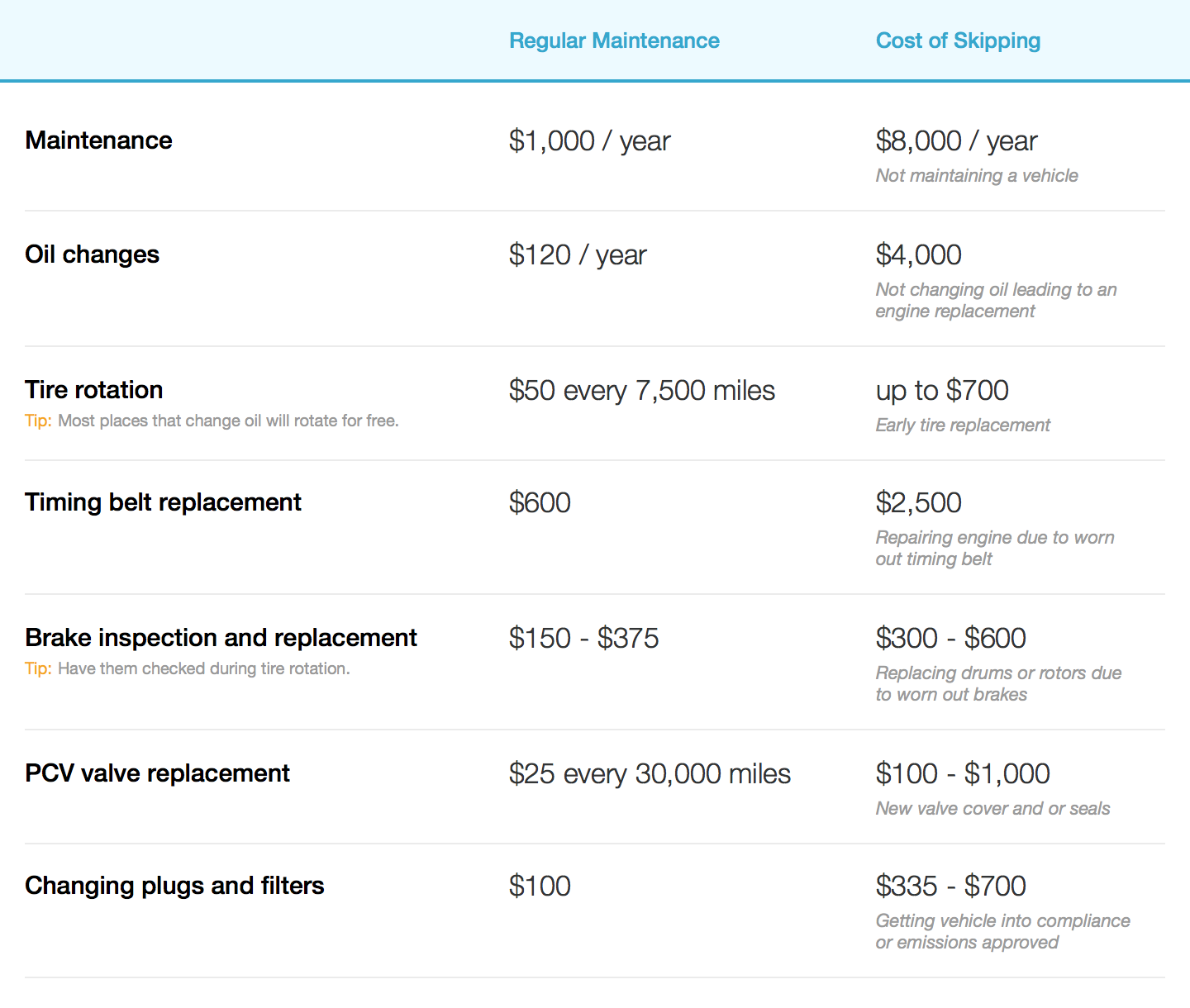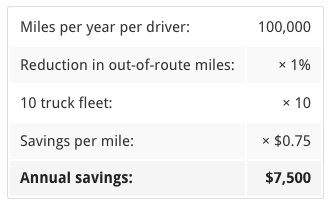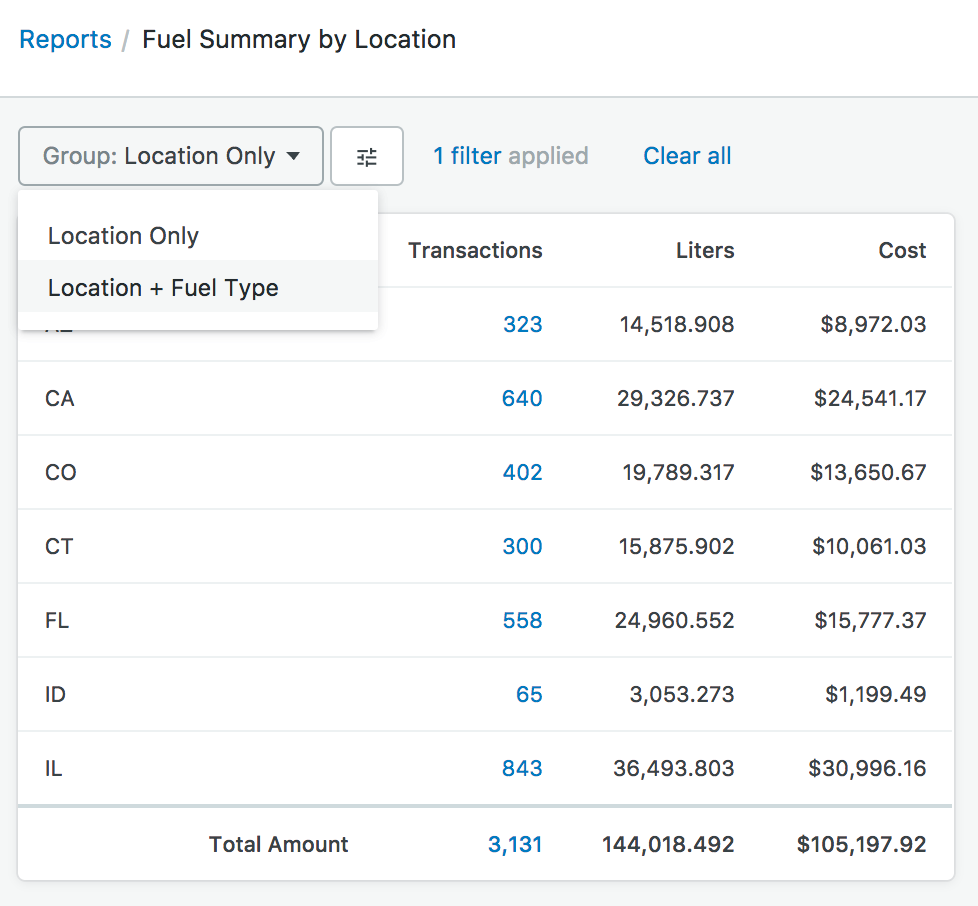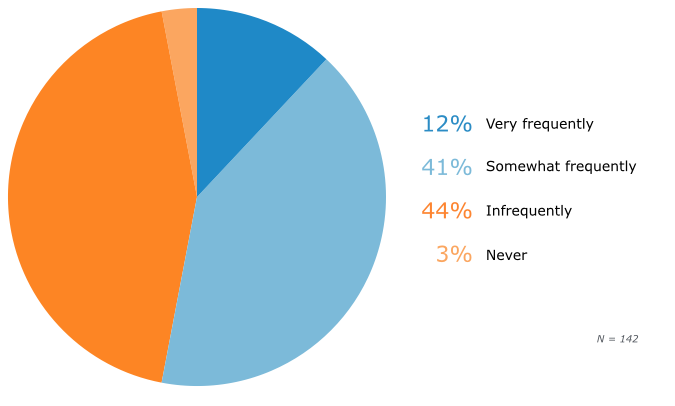When it comes to fleet operations, wasted fuel is a huge eater of profit for your business. Fuel can be wasted by poor maintenance upkeep, driver performance and route planning. This fuel loss can not only be turned around but turned into profit with proper fleet processes and a little training.
Think preventative maintenance
Lack of vehicle maintenance can cause a serious increase in fuel consumption resulting in up to 25% more fuel being used per mile by a vehicle. On top of the vehicle’s added fuel consumption, slacking on maintenance issues can tap into your company’s profits by causing big ticket reactive maintenance issues.
In a recent study by AutoMD.com and Bankrate.com on the cost of not staying on up-to-date on maintenance, it was found that:

In total, that is a possible $17,000 in reactive maintenance costs compared to just $2,270 in regular preventative maintenance for which you can budget. Vehicle downtime and vehicle life are also affected. Heavy vehicle downtime due to maintenance issues could require you rent or keep spare vehicles, and resisting preventative maintenance can actually shorten the life of the vehicle by 25%. As these issues wear on fuel consumption, that cost (up to 25% more fuel per mile) can be added to the list as well.
Strengthen driver performance
Driving behaviors has a huge impact on fuel consumption. Did you know that driving 80-85 mph rather than 70 mph can increase fuel consumption by 25% and just one hour of idle time will consume an entire gallon of fuel? To combat issues like these, you can implement a little observation and training in order to keep your drivers on track. Here are six quick tips for you and your drivers that will help reduce fuel consumption and increase your profit:
- Do not stand on the gas pedal. The use of slow acceleration and slow deceleration will increase mpg.
- Turn off the engine. Tractor trailer manufacturers have the computer set to shut the truck off after two minutes of idle for just this reason.
- Stop stoplight drag racing. You do not need to prove anything to the guy or gal next to you at the stop light. Slamming on the fuel pedal just to beat them to the next light kills fuel mileage.
- Eliminate personal use. This is a big one! When employees are able to take company vehicles home, nine times out of 10, it will be used for personal use on the company’s fuel card thus calling for earlier maintenance.
- Not using/improper use of cruise control. Setting the cruise at 65 or 70 mph and leaving it will increase mpg by 10% to 15%, but that is only if you leave it set. Constantly speeding up and down to pass people or not using cruise control will decrease your mpg.
- Use straight gasoline. Using E85 will decrease your mileage by 7 mpg.
Improve route planning
On average, it costs $1.50 per mile to operate a company vehicle. This includes regular maintenance, depreciation, insurance and registration. A fleet of 10 vehicles can run 3,000 to 10,000 miles per year out of route because of poor route planning. That’s a total cost of $4,500 to $15,000 in just one year! This is a direct link to fuel over-consumption and profit loss.
Taking the time to set up daily routes and reviewing these with drivers can result in an instant savings of $7,500 per year (see chart below). Add in the minimal expense of a GPS tracking system, and you are well on your way to becoming as efficient as possible with your company’s fleet.

A great way to establish processes to turn wasted fuel into profit within your company is to onboard a fleet management software. To learn more about how to schedule and track vehicle maintenance, fuel consumption, fuel economy and other fleet operations tasks within Fleetio, schedule a free demo!



